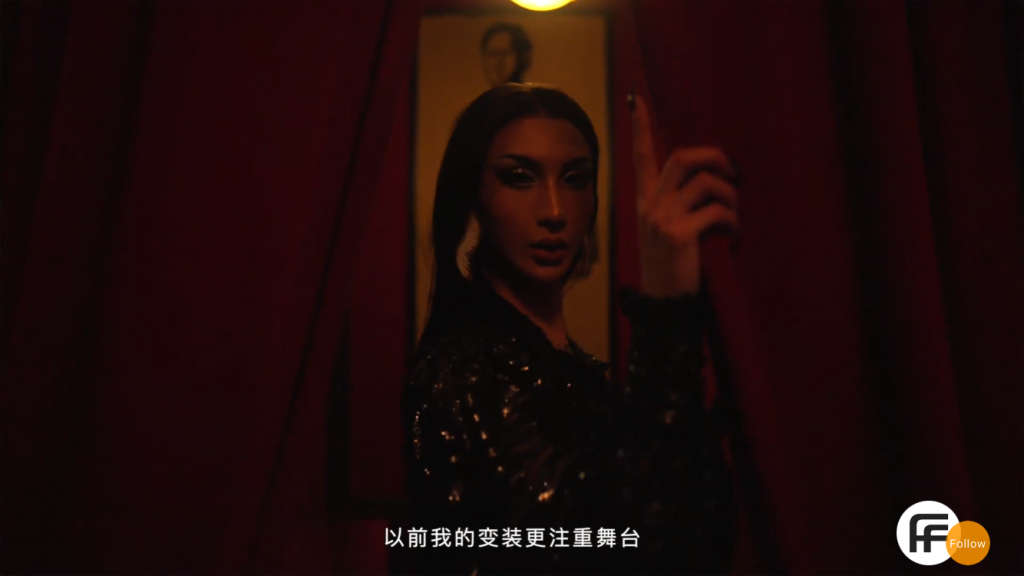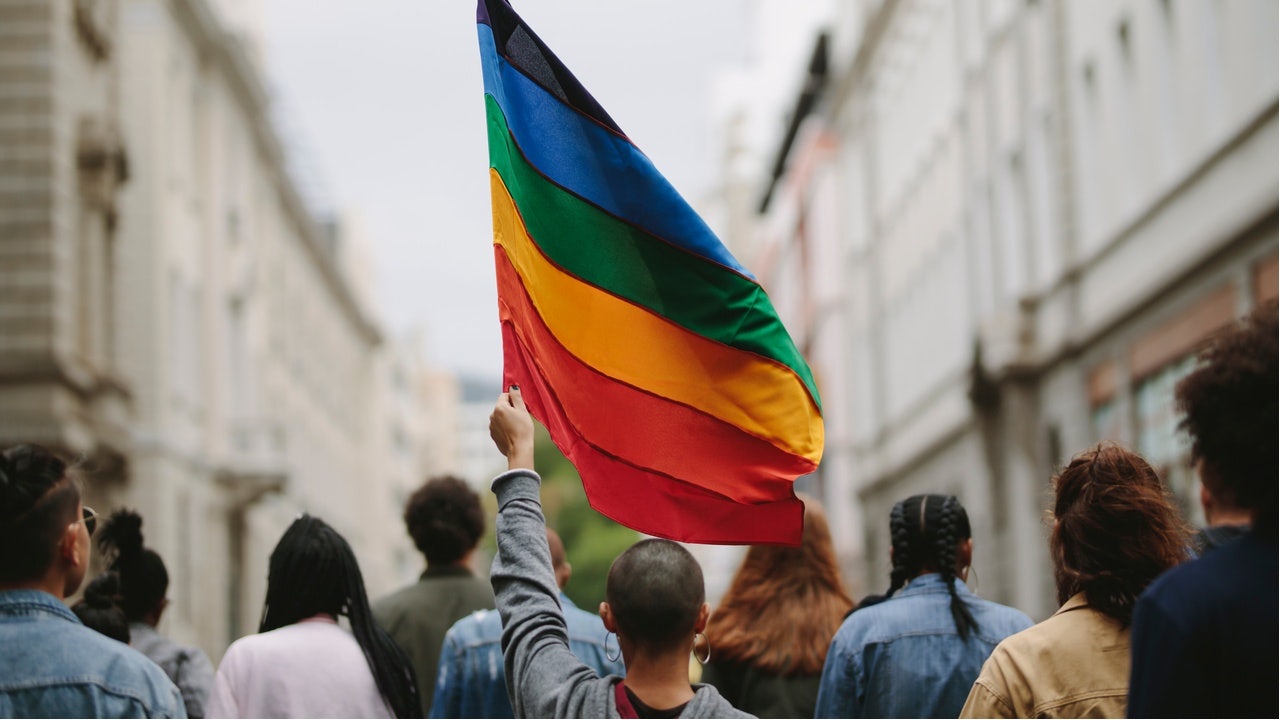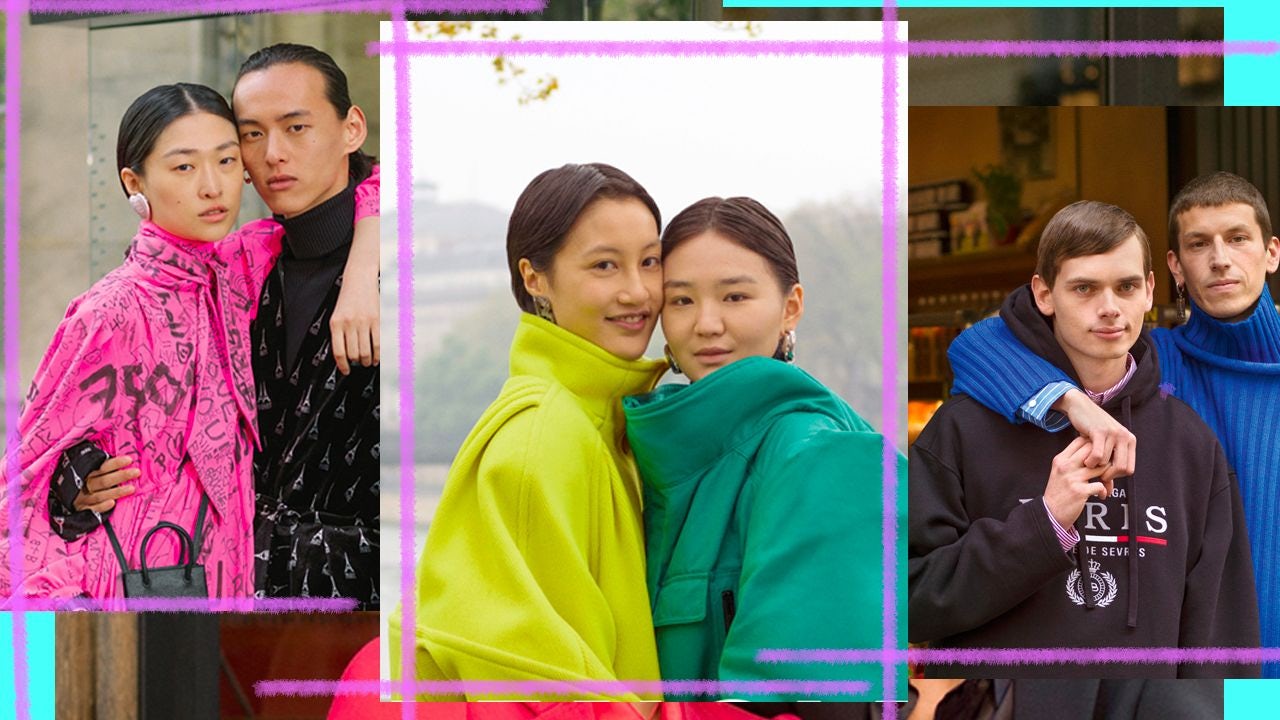Key Takeaways:#
Estimates suggest that LGBT members in China number over 70 million, which puts their spending power at roughly 300 billion across industries — and counting.
Online platforms such as Bilibili are offering authentic support which drives traffic to members of the LGBT community, especially women as TV show representation and citizen visibility grows.
Luxury needs to avoid inauthenticity and rainbow capitalism in favor of specific causes where they can impose change, in addition to sharing far reaching messages of acceptance.
China is home to the largest gay social app in the world, Blued, which made history when it went public in 2020. Its founder, Ma Baoli or “Geng Le,” was awarded Man of Year by GQ China. Yet, every step forward is the result of generations of LGBT advocacy. As is the case globally, being “out” in China, whether gay, lesbian, transgender or other, comes with daily challenges.
While Pride has now become a global celebration of LGBT identities with increasing corporate involvement, it is foremost a protest and recognition of a community’s strength in the face of adversity. Brands who aim to attract China’s “pink yuan” need to remember this applies here as much as any country.
Given China’s vast population, the spending power of its queer community should not be undervalued. Estimates suggest that LGBT members in China number over 70 million, which puts their spending power at roughly 300 billion across industries — and counting. Therefore, as companies seek more ways to engage and expand their Chinese consumer base post-pandemic, the onus is on them to understand and respect the “pink yuan” if they wish to court it.
The recent appointment of openly transgender icon Jin Xing as brand ambassador by Dior has been heralded as a milestone of positivity by citizens, showing that attitudes in China might be slowly shifting. Meanwhile, a number of local brands like NEIWEI and CoFANCY are actively supporting and endorsing these citizens on an ongoing basis.
Although the parade has been disbanded, Pride Shanghai will hold a “rainbow party” this week sponsored by Absolut Vodka on June 19 and launch a Proud Stories podcast towards the end of the month. Here, Jing Daily explores China’s pink economy and how luxury can step up — not only for the month of June, but all year round.
The growth of China's LGBT community#
From online platforms and advertising to mainstream TV dramas, citizens in China’s LGBT base are becoming more visible and vocal. This is amplified by netizen support online which has been on the rise too; for example, this year the hashtag “#517 the day to stand against homophobia” has over 1 billion views on Weibo.
Beauty expert Linzi Zhan says that the award given to “Geng Le” last year shows how the issue has gradually entered public conversation: “Nowadays, China definitely offers a more open and freer macro context for discussing and expressing people’s perspectives of their sexual preference. You will see gay fashion editors and beauty experts share their beauty tutorials on Little Red Book.”
This exposure on social media has been helped by the likes of Bilibili, which Zhan says has been very encouraging of lesbian bloggers especially. “It offers traffic support for them though this might be biased with people considering content from females as very girly and gentle without offense,” she said. "Transgender beauty bloggers are more frequent on Bilibili and TikTok as well.”
This popularity comes despite the difficulties faced by the group at work, school, or at home, as well as different geographical locations. But it’s the younger generations that are approaching the issue with a more open-mindset. Caroline Chen, co-founder of Top10 C-beauty brand CoFANCY, pinpoints them as leaders for change.
“Millennial and Gen Z acceptance of this community is very high. Also, many young brands want to express themselves, be open, free and inclusive with trendy ideas.” Chen also notes advertising — even Alibaba has produced a same-sex advert — and entertainment as keys to pushing acceptance.
Famous TV shows and dramas, animations and fan fiction are expressing stories with an LGBT slant, “albeit in an obscure way.” The popular breakout Chinese TV drama Word of Honor starring Gong Jun and Zhang Zhehan has recently dropped on Netflix and is based on a gay fiction.

On the flip side, some of these representations have been deemed too forward. Brands found this out when embroiled in a fan fiction debacle last year with idol Xiao Zhan in which followers were unhappy about the representation of their favorite idol in homoerotic literature and boycotted Cartier, Estée Lauder and Piaget. This backlash indicated that like many countries, there is still much anti-queer sentiment in China.
What global brands can learn from local companies#
The conversation of LGBT inclusivity in the luxury industry does not start and end in June. Consumers are becoming more discerning of brands who actually care about inclusivity versus brands who are faking it. Although some have year-long efforts, this year, many companies started to engage this base from May’s International Day Against Homophobia, Transphobia and Biphobia (IDAHOTB).
Laurence Lim Dally, founder at branding agency, Cherry Blossoms, suggests local names are doing a better job in addressing these issues as their approach is more emotional and authentic, notably through the topic of family rejection and reconciliation. “Many gay advertisements depict the empowering freedom but also the difficulty to live the life that you choose. They focus on real, authentic life stories, which make these campaigns more emotional.”
Lim Dally points to uplifting campaigns from companies like phone maker Meizu and Didi which both encouraged acceptance and celebrated the freedom to love who you want. Intimates label NEIWAI has built diversity and body positivity into its company DNA from the start. “The campaign Nowness also stages the intimacy of gay couples through personal and intimate phone recorded testimonials — it’s a way to make gay people look ‘normal’ and to celebrate love.”

For Spring 2021, homegrown activewear brand MAIA ACTIVE’s campaign told stories that challenged the norm, including one from a transgender woman. Its accompanying inclusive hashtag #SheCanMakeHerOwnDecision received over 12 million views in one week on Weibo.
Western brands can do better#
Put simply, the challenge for luxury brands is to resonate at a deeper level when speaking to these groups and addressing their struggles. This begins with industry leaders understanding that the fight for equality is not tied to one dimensional causes. Luxury needs to avoid “inauthenticity and accusations of rainbow capitalism,” Lim Dally reminds.
Moreover, there’s a reason the acronym and the associated pride flag continue to grow, to fully represent the intersectionality that exists within the queer community. Particularly when dealing with China, brands would be well advised to focus on a specific cause where they can impose change, in addition to sharing far reaching messages of acceptance.
Companies that have understood this nuance have fared well, from Jin Xing at Dior to Farfetch’s collaboration with drag queen @莲龙青Kudos and voguer @雪莲莲ShirleyMilan. “All brands can show their care about LGBT fans in various ways, just don’t make it too commercial or utilitarian,” Zhan says. “Don’t be too obsessed with certain figures or over fascinating their lives on purpose. Put more emphasis on encouraging people to express themselves freely.”

Beyond the fact that the gay market in China may be underestimated by Western brands, companies are increasingly aware they have a role to play in promoting diversity, rather than purely look to profit. “Any marketing or brand activities should not be used as a means to bring sales growth for the purpose, but always from the brand spirit, or attitude, from top to bottom,” Chen concludes. For many major luxury brands this means a deep rewriting of their history and internal culture. This will show they truly understand, respect, and genuinely want to support the community, not just take its pink yuan.

